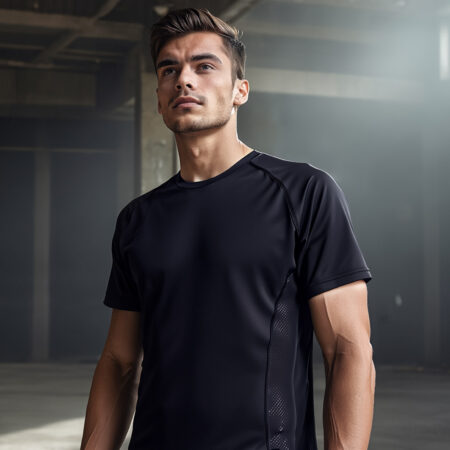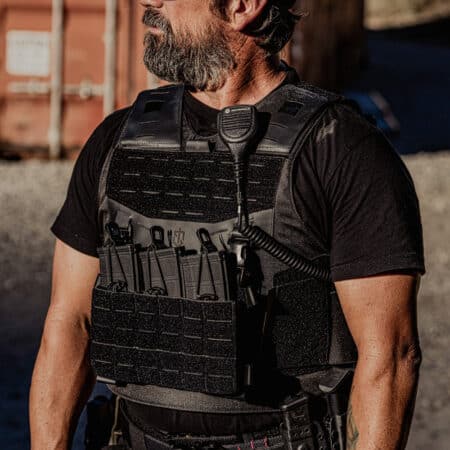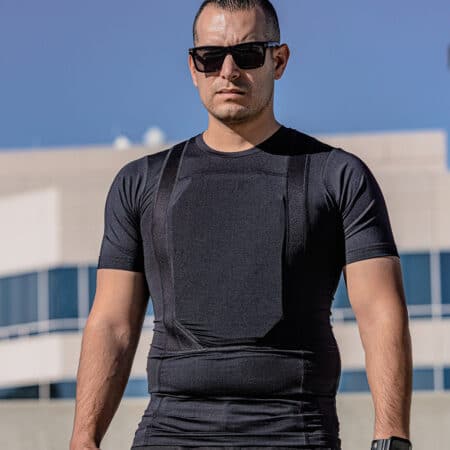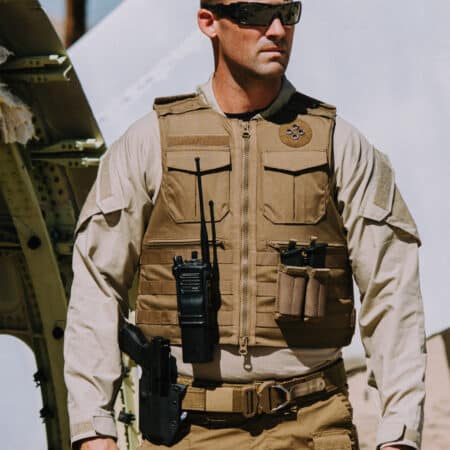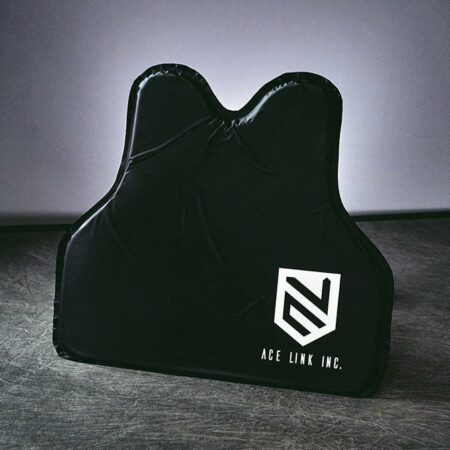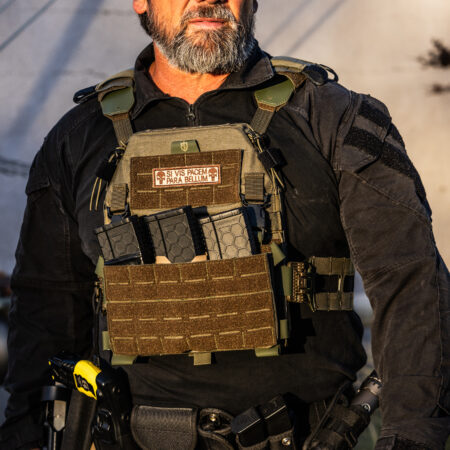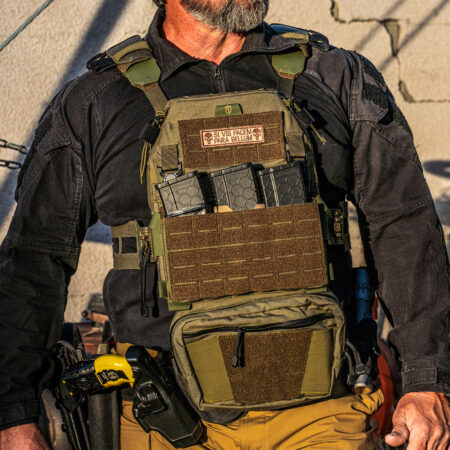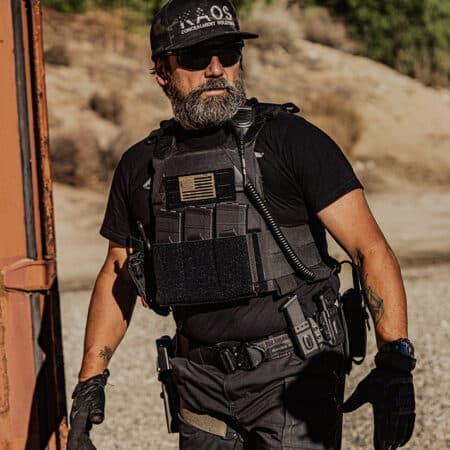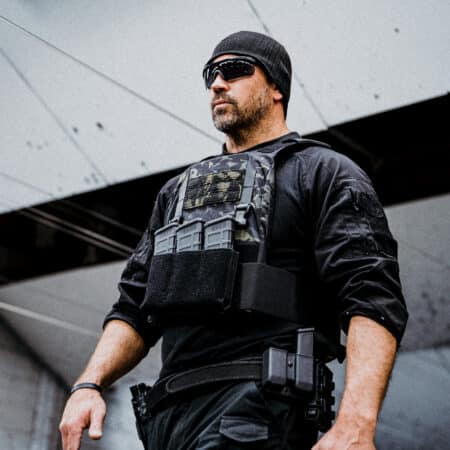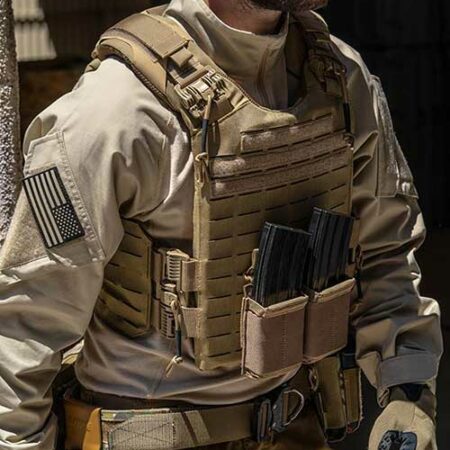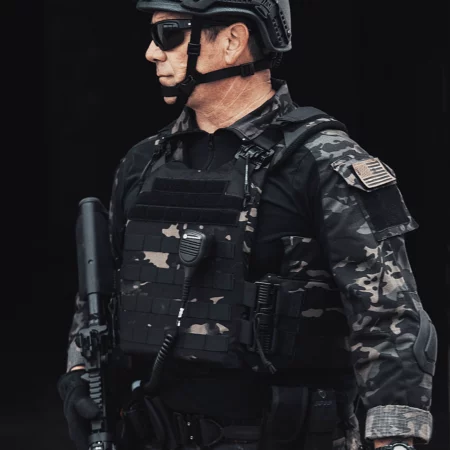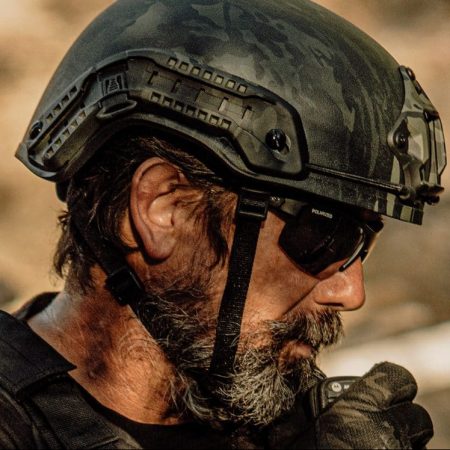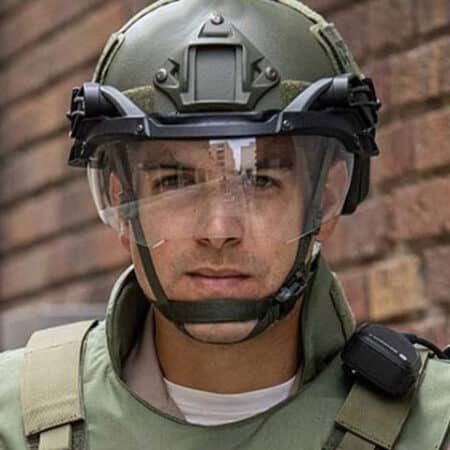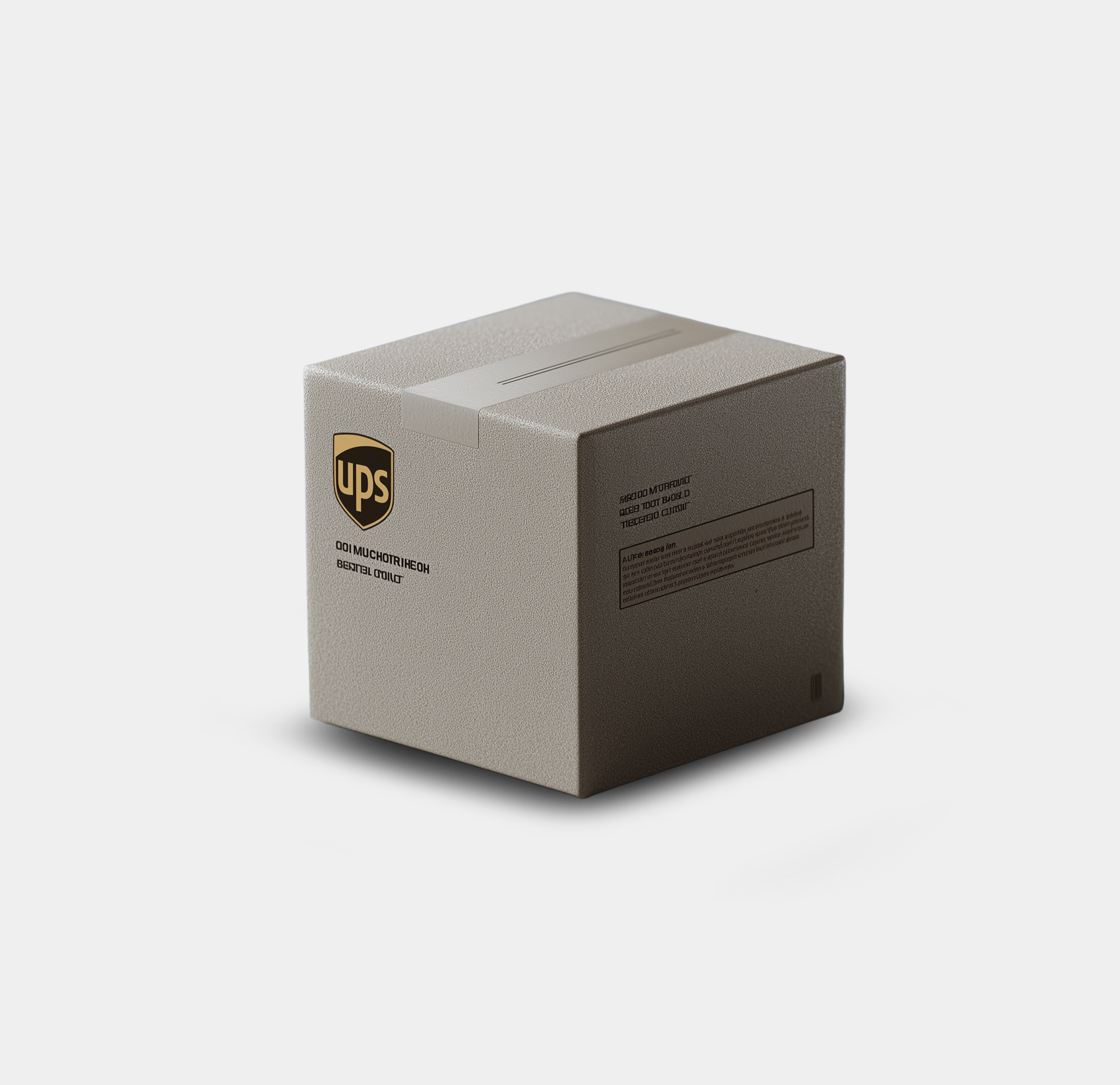CLEARANCE
UP TO 30% OFF
LIMITED TIME OFFER | WHILE SUPPLIES LAST
-
NEW

Level 3 Enhanced 10×12″ Armor Plate – Set of 2pcs
$598.00$418.00-30%
Select options
LIMITED TIME SPECIAL
LEVEL III ENHANCED
SET OF 2x PLATES
ONLY 100 SETS AVAILABLE
30% OFF
-

Level 3 Armor Plate Swimmers Cut
$199.00$139.30-30%
Select options
-
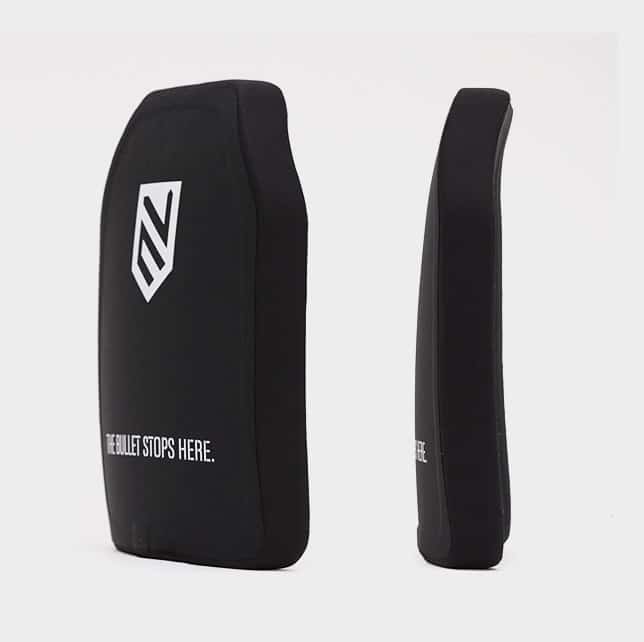
Level 3 Armor Plate 10×12″ Double-curve
$174.30-30%
Add to cart
-

Level 3 Armor Plate 11×14″
$219.00$153.30-30%
Select options
-
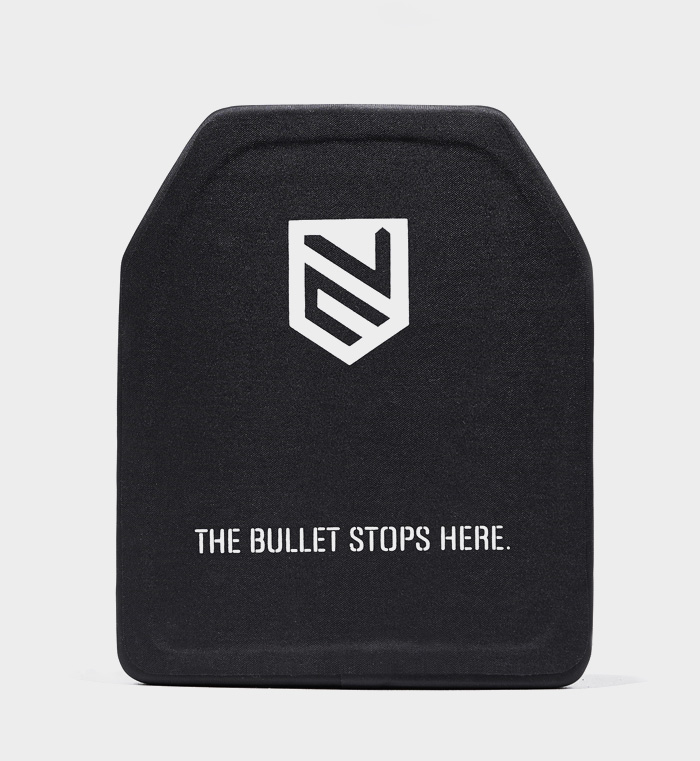
Level 4 Body Armor ICW Up Armor Plate
$259.00$181.30-30%
Select options
-
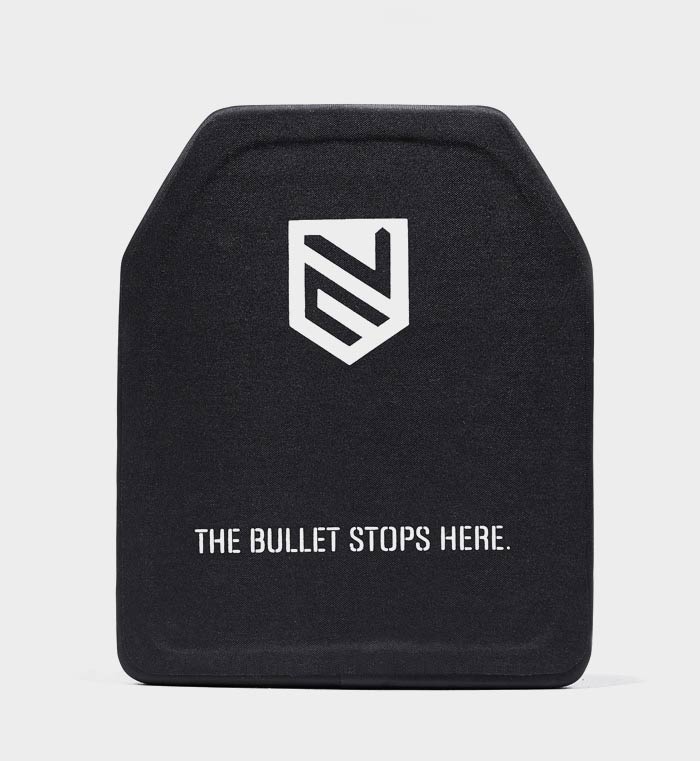
Level 4 Body Armor Plate
$299.00$209.30-30%
Select options
-

Level III+ Armor Plate Special Threat 11×14″
$188.30-30%
Add to cart
-
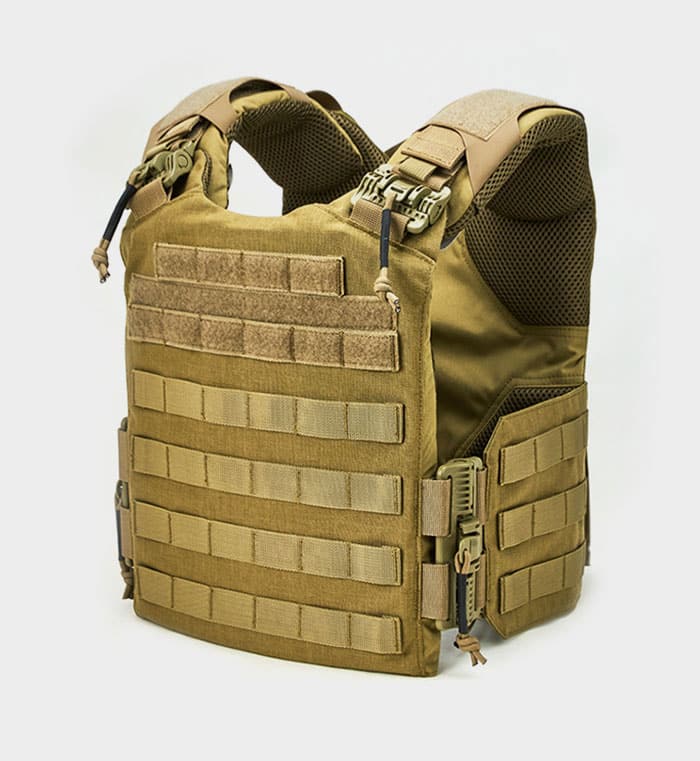
Quadrelease Tactical Plate Carrier
$149.00$104.30-30%
Select options
-
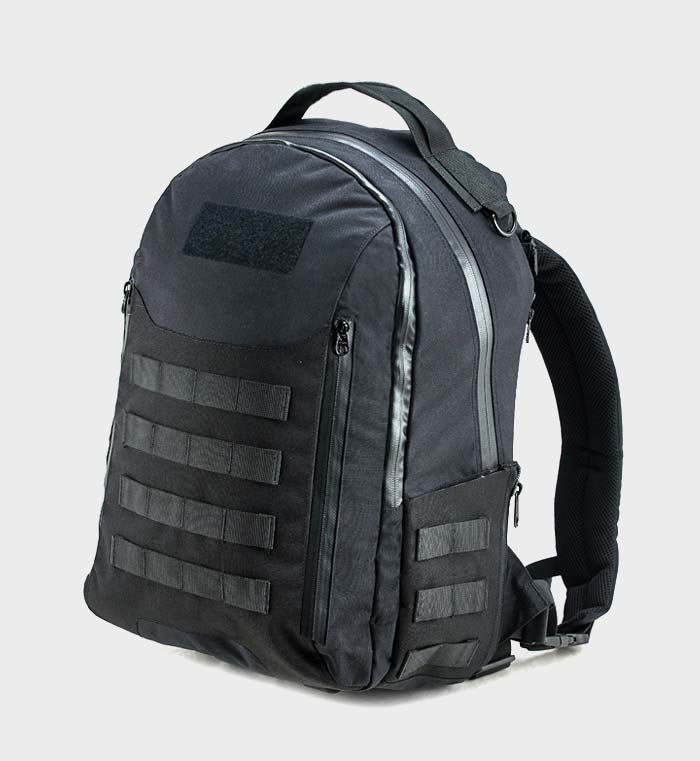
Rapid Deploy Bulletproof Backpack Level IIIA MOLLE
$399.00$279.30-30%
Select options
-

Bulletproof Backpack Level IIIA Rapid Deploy Laser-Cut
$399.00$279.30-30%
Select options
-
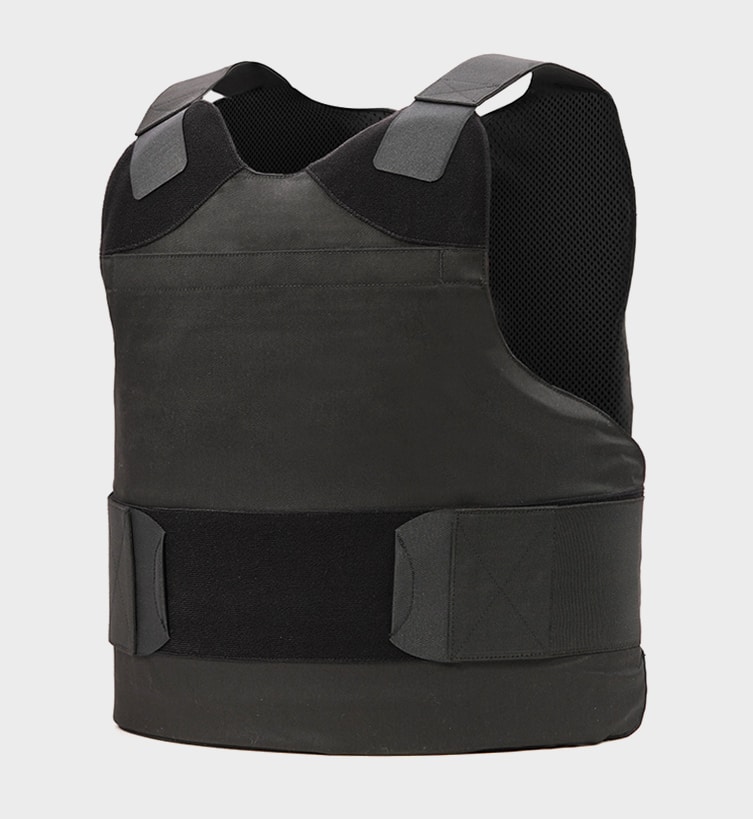
Concealable Bulletproof Vest Level 3A “Enhancer”
$469.00$328.30-30%
Select options
-
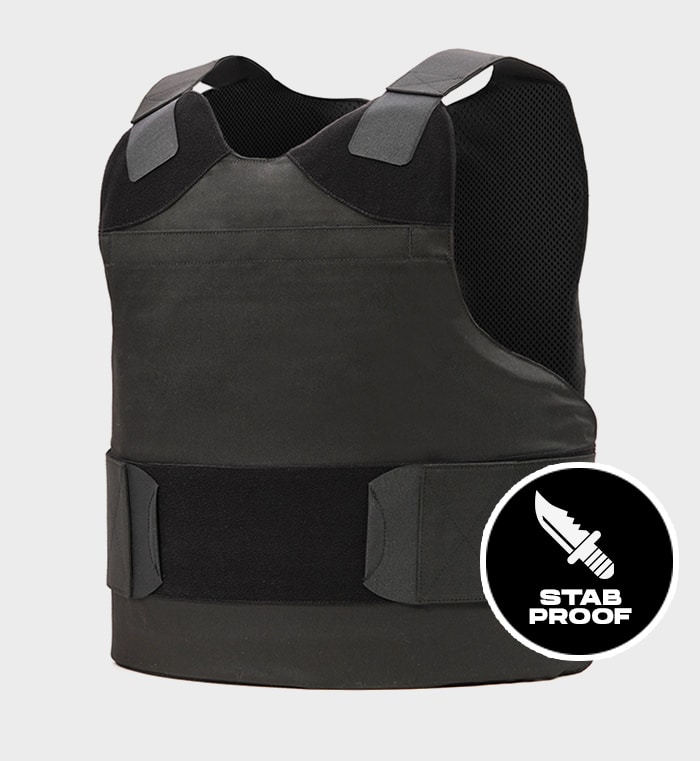
Bullet and Stab Proof Concealable Body Armor “Enhancer” Level 3A
$559.00$391.30-30%
Select options
-
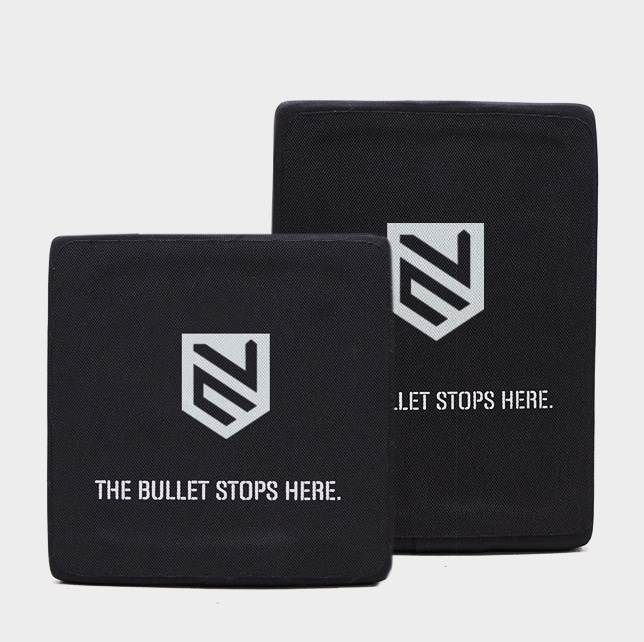
Level III+ Side Armor Plate
$119.00$83.30-35%
Select options
-
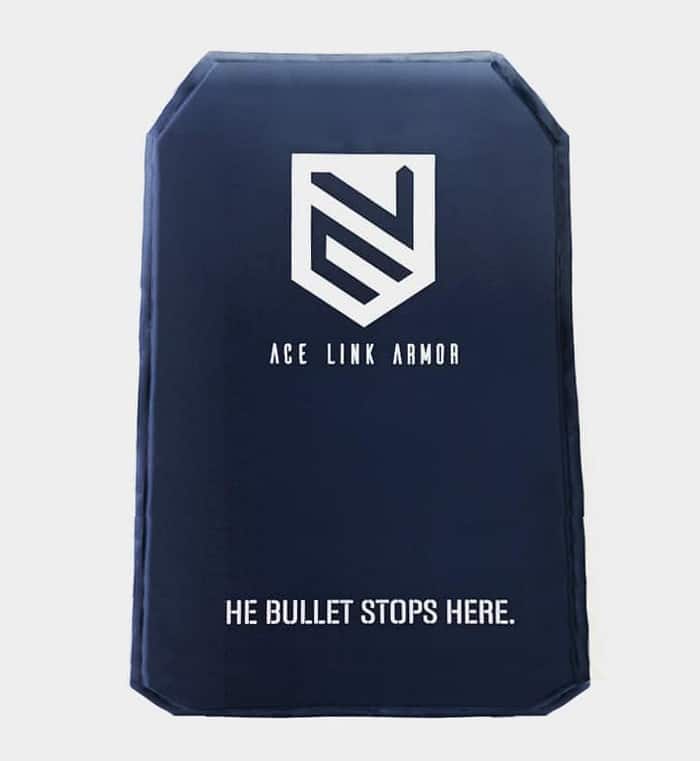
Level IIIA Bulletproof Soft Armor Insert 10×18″
$90.30-30%
Add to cart
-

Level IIIA Bulletproof Soft Armor Insert 11×17″
$83.30-30%
Add to cart
-

Level IIIA Bulletproof Soft Armor Insert 11×14″
$76.30-30%
Add to cart
-

Level IIIA Bulletproof Soft Armor Insert 10×12″
$69.30-30%
Add to cart
20% OFF
-
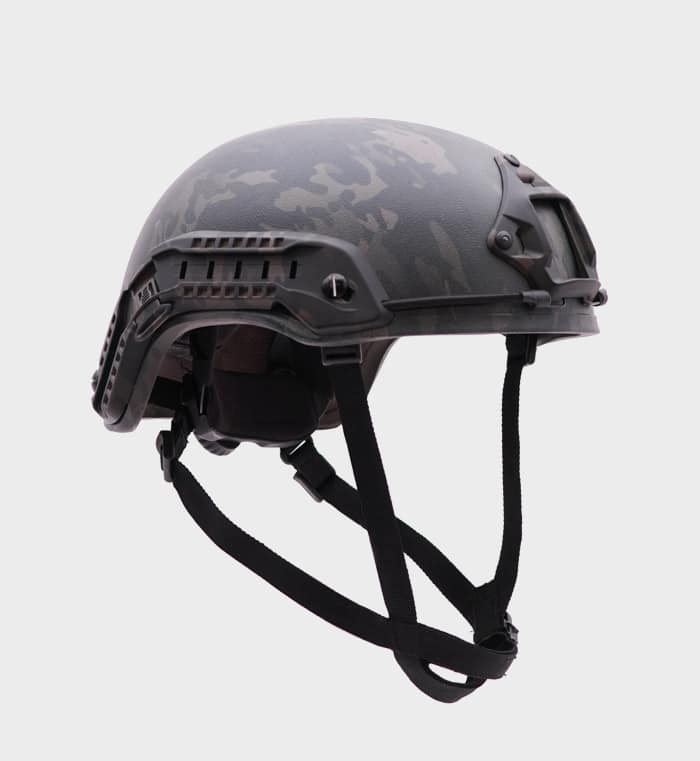
Ballistic Helmet Special Mission – Black Multicam
$459.00$367.20-20%
Select options
-

Ballistic Helmet Special Mission – Black
$459.00$367.20-20%
Select options
-

Special Mission Ballistic Helmet – Multicam
$459.00$367.20-20%
Select options
-
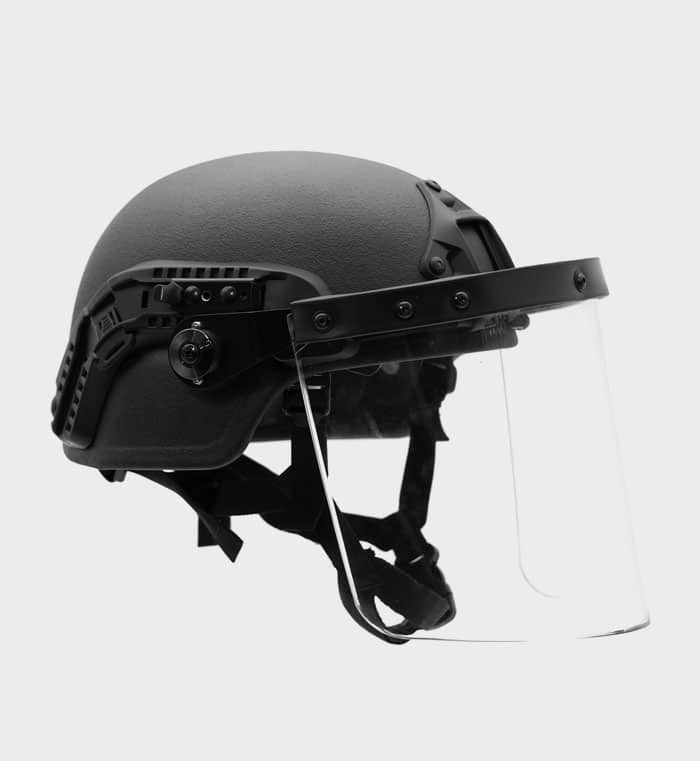
Anti-Riot Ballistic Visor for Tactical Helmet
$159.20-20%
Add to cart
-
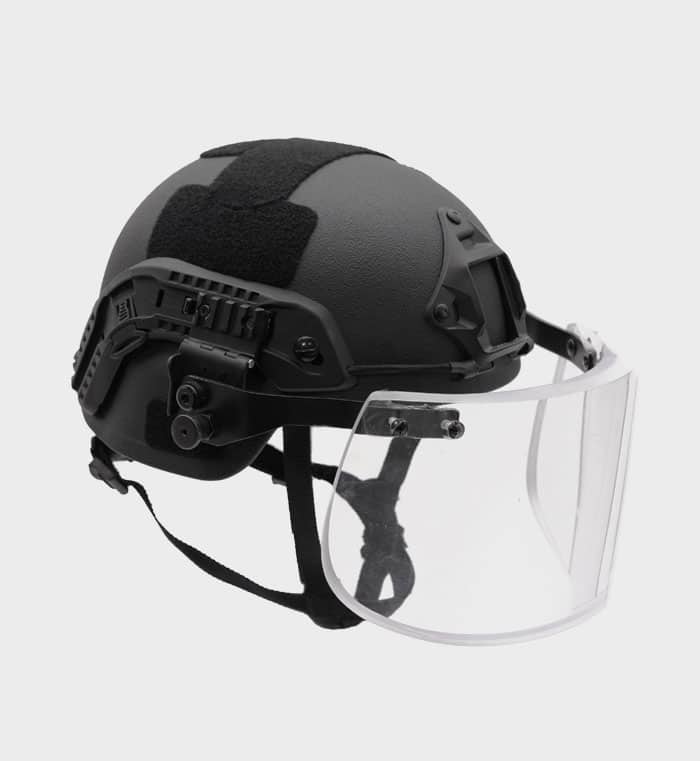
Level IIIA Ballistic Visor for Tactical Helmet
$279.20-20%
Add to cart
-

Recoil Plate Carrier
$129.00$103.20-20%
Select options
-

React Plate Carrier
$159.00$127.20-20%
Select options
-
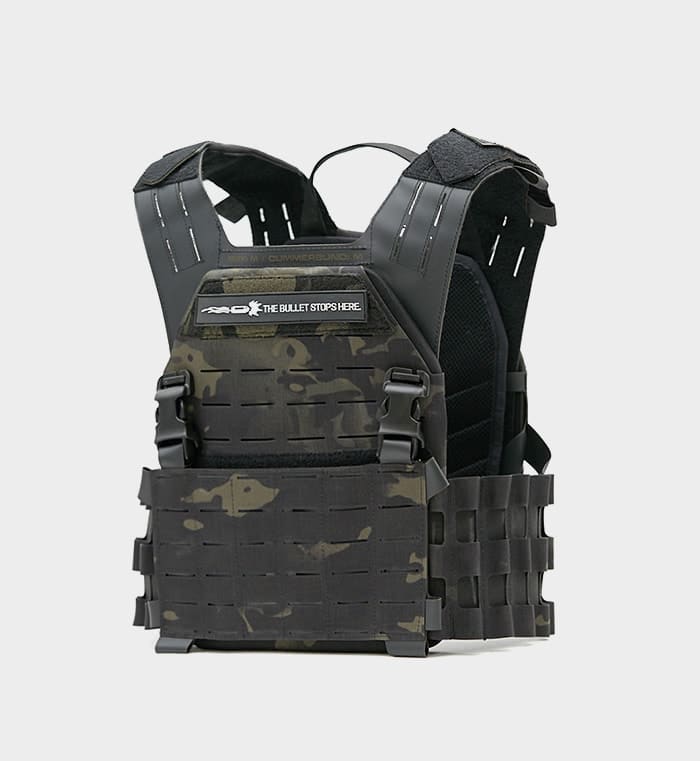
Formoza Tactical Plate Carrier
$229.00$183.20-20%
Select options
-

Skeletac Plate Carrier
$249.00$199.20-20%
Select options
-
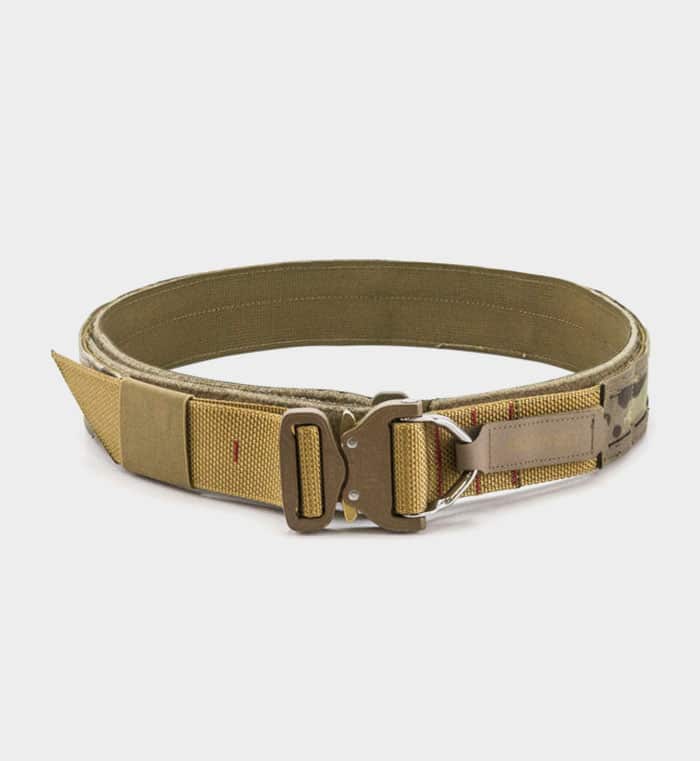
Tactical Belt Multicam
$139.00$111.20-20%
Select options
-
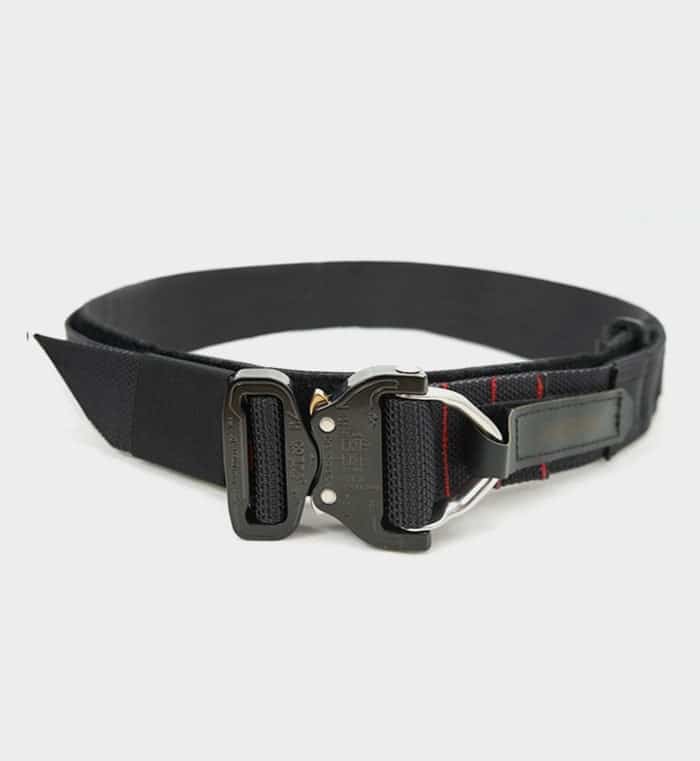
Tactical Belt Multicam Black
$139.00$111.20-20%
Select options
-

Tactical Belt Black
$139.00$111.20-20%
Select options
-
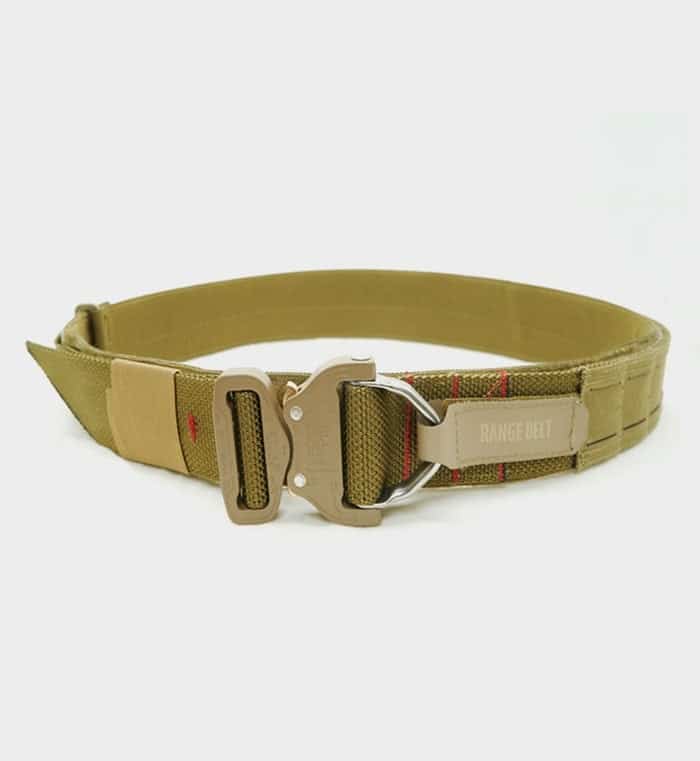
Tactical Belt Tan
$139.00$111.20-20%
Select options
-

Tactical Belt Ranger Green
$139.00$111.20-20%
Select options
-
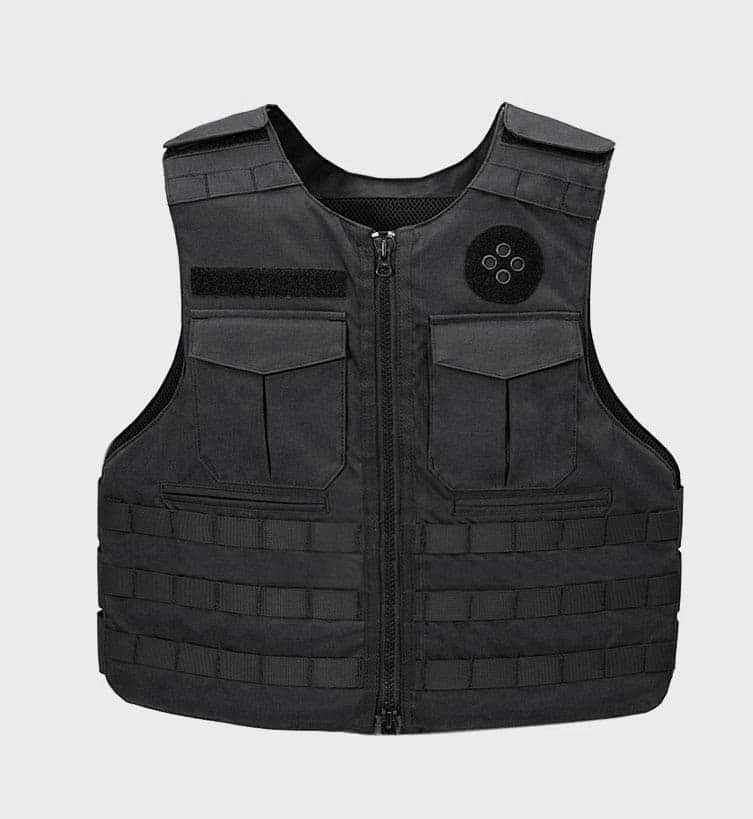
Body Armor Bulletproof Vest Level 3A “Livewire” Flexcore
$449.00$359.20-20%
Select options
-
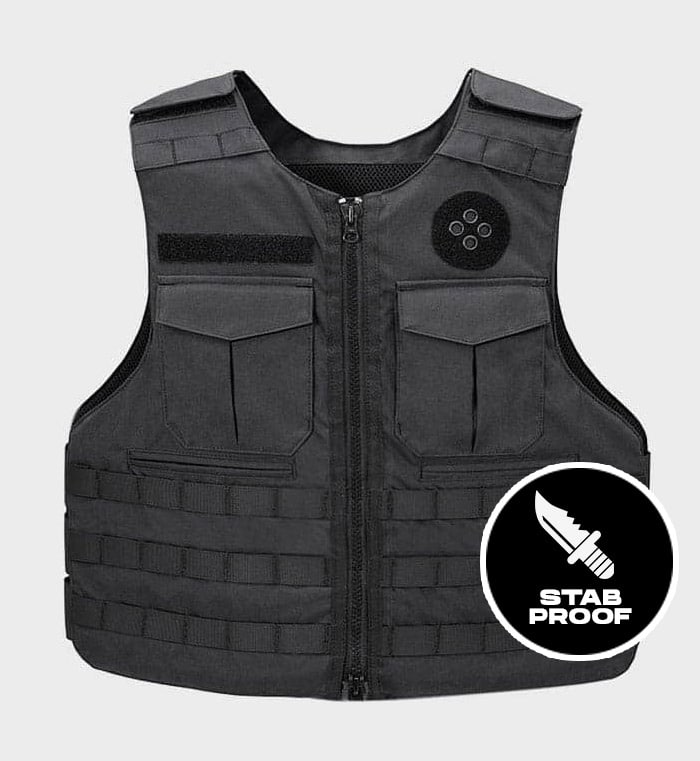
Stab Proof Bulletproof Body Armor “Livewire”
$559.00$447.20-20%
Select options
-

Body Armor Bulletproof Vest Level 3A “Livewire”
$399.00$319.20-20%
Select options
-
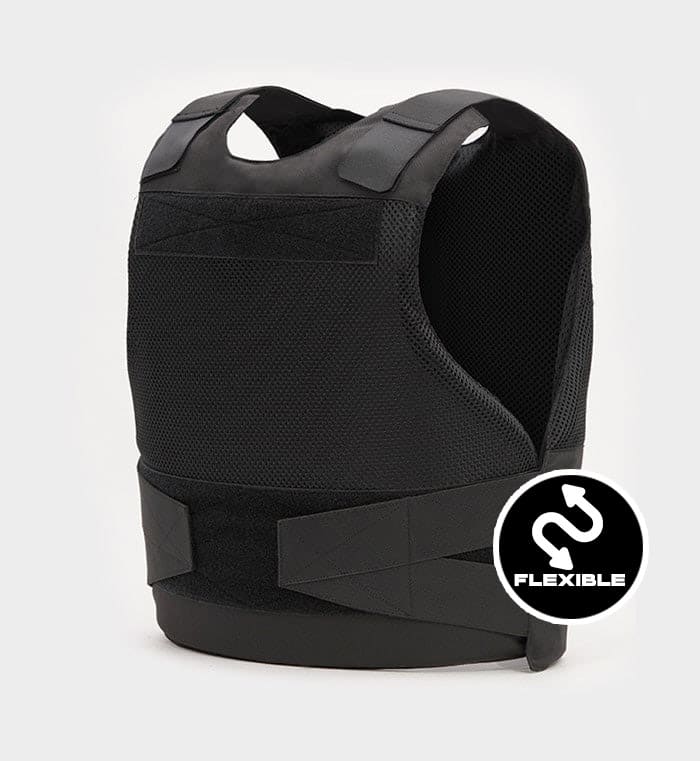
Concealable Level 3A Bulletproof Vest “Spectre” FLEXCORE
$499.00$399.20-20%
Select options
-

Bullet and Stab Proof Concealable Body Armor “Spectre” Level 3A
$559.00$447.20-20%
Select options
-
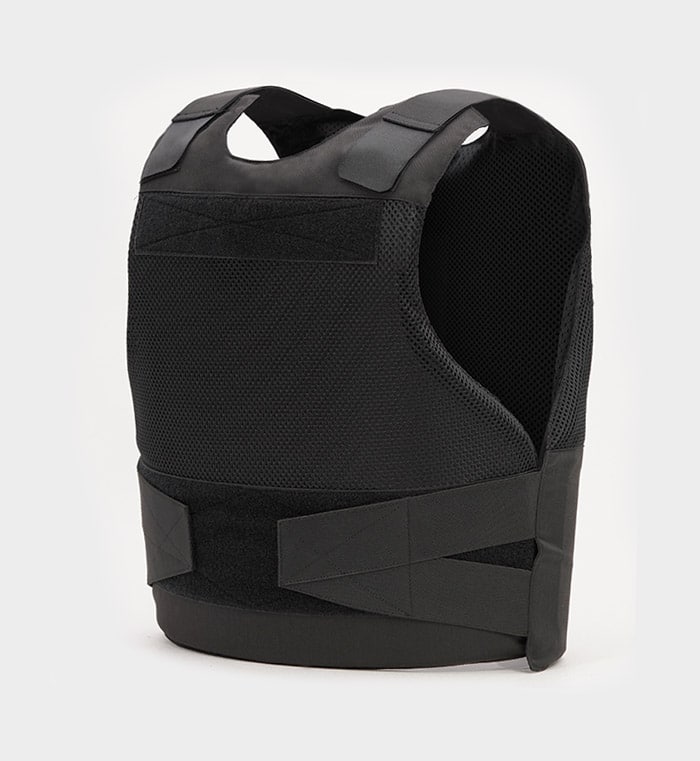
Concealable Bulletproof Vest “Spectre” Level 3A
$399.00$319.20-20%
Select options
-

Concealable Bulletproof and Stab Proof Vest “Quantum” Level 3A
$559.00$447.20-20%
Select options
-
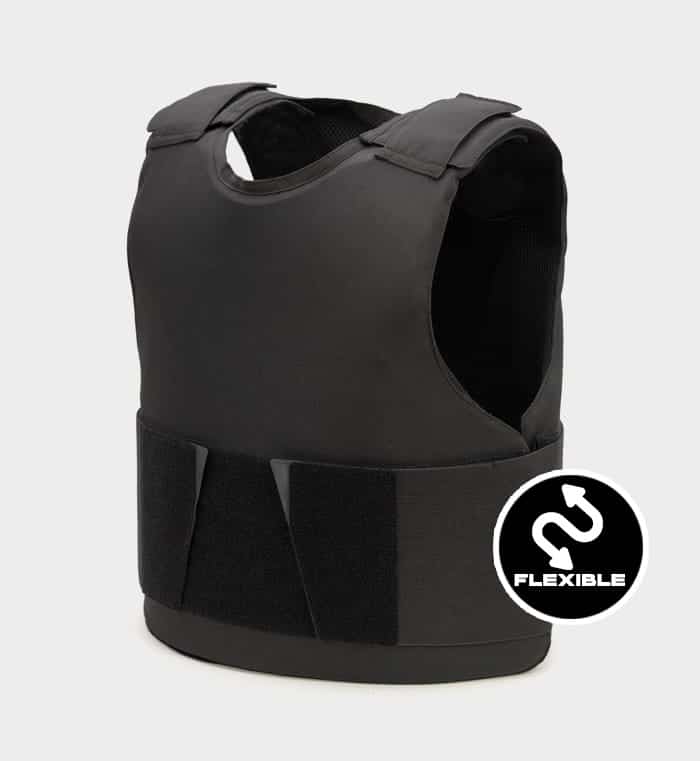
Concealable Bulletproof Vest Level IIIA “Quantum” Flexcore Level 3A
$499.00$399.20-20%
Select options
-

Concealable Bulletproof Vest Level 3A “Quantum”
$399.00$319.20-20%
Select options
-

Bulletproof And Stab Proof Concealed Armor T-shirt “Apex”
$271.20
Select options
-

Apex Concealed Armor Bulletproof T-shirt 3A
$189.60
Select options
-

Concealed Armor T-Shirt “Apex”
$41.00$32.80-20%
Select options
-
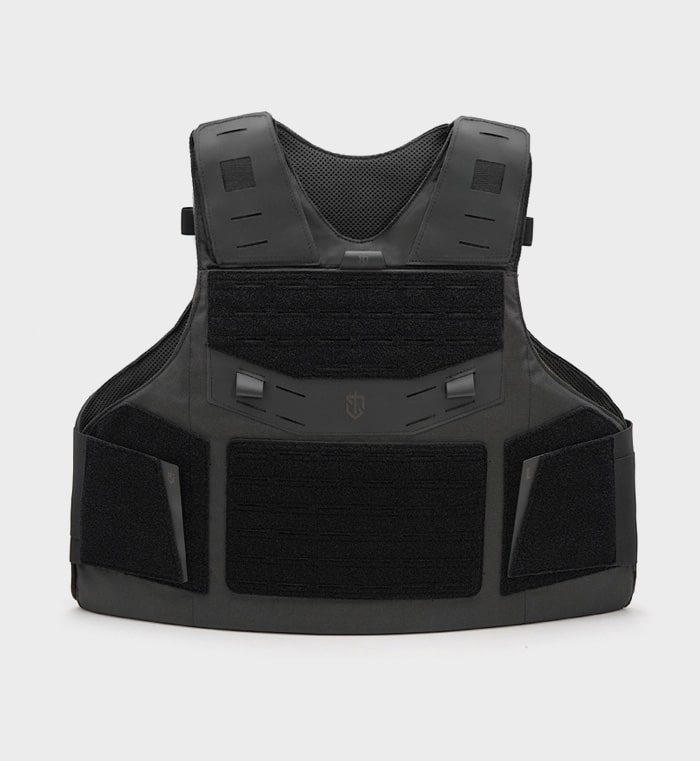
Skeletac Hybrid Bulletproof Vest
$399.00$319.20-20%
Select options
-

Skeletac Hybrid Bullet And Stab Proof Vest
$519.00$415.20-20%
Select options
-

Skeletac Hybrid Bulletproof Vest Flexcore
$499.00$399.20-20%
Select options
-

Level IIIA Armor Handgun Plate
$99.00$79.20-20%
Select options



